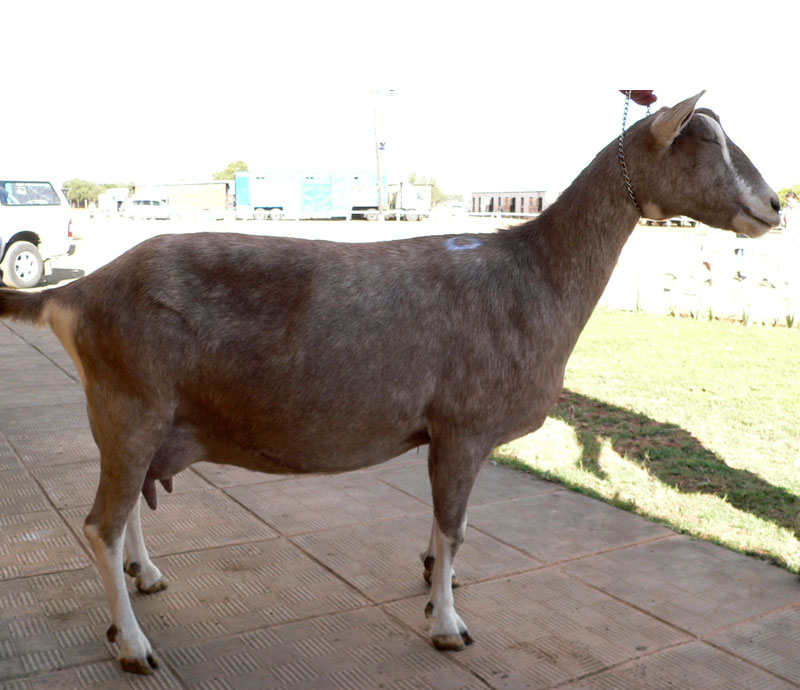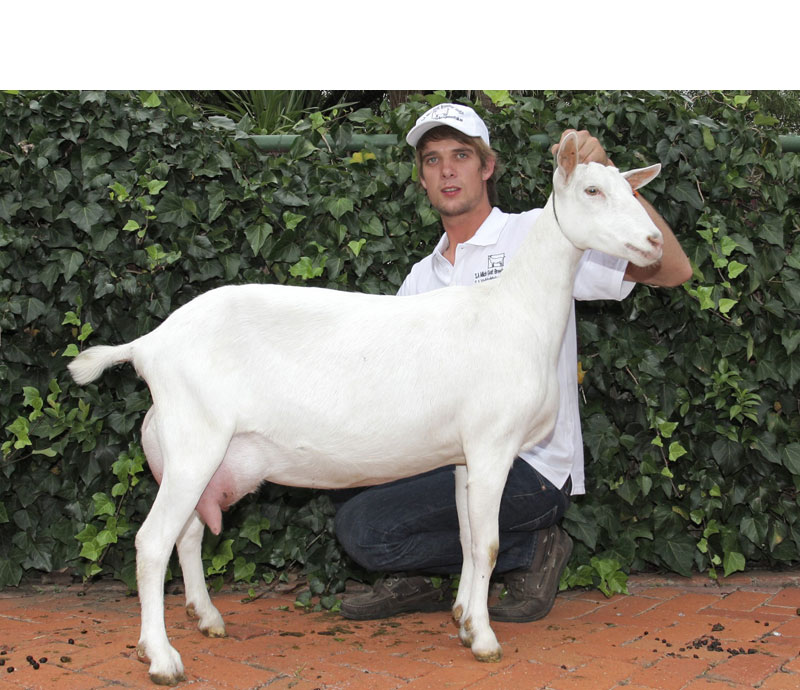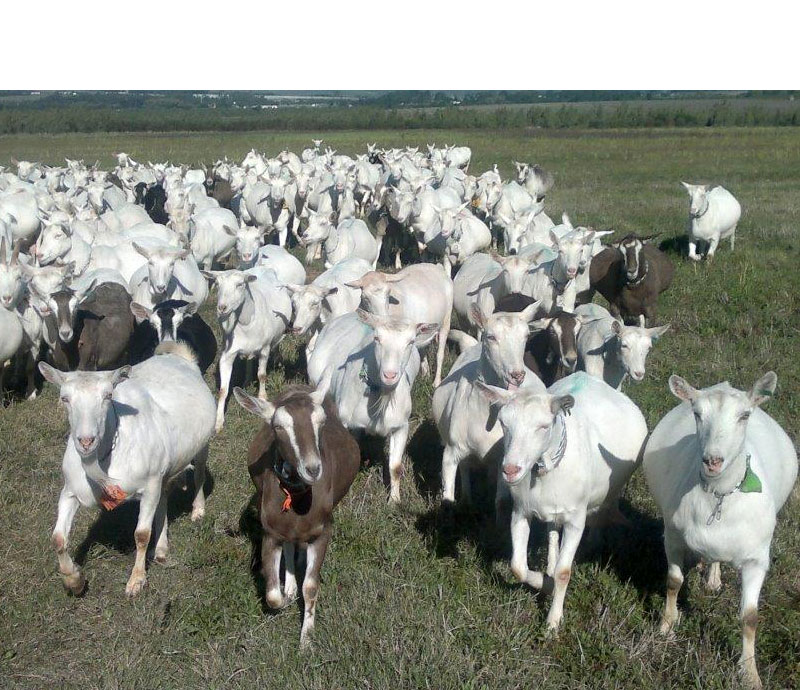Ketosis / Pregnancy Toxaemia in Milk Goats Go Back
Author: Milk Goat Breeders' Society Date Published: 01 March 2016
Facebook
Google +
Ketosis (Pregnancy Toxaemia)
- This is a metabolic disorder in late pregnancy (mainly in the last 6 weeks of pregnancy)
- When goats are either to thin or too fat.
- A doe in late pregnancy needs extra energy, as she has to maintain her own body as well as the developing kids in the uterus
- In late pregnancy the uterus and its contents take up a large amount of space in the stomach cavity, if on poorquality fodder she cannot consume enough fodder to provide in all her needs. (see figure 2). Any concurrent disease or poor nutritional management may also reduce dietary energy intake.
- When blood glucose levels are too low to supply in doe and kid’s needs, body fat is metabolised into blood glucose, with this chemical process, ketones are released into her blood stream. In addition to this the ketone excretion in the urine causes the loss of very important electrolytes resulting in dehydration and central nervous system signs.
Symptoms
- Lethargy and loss of appetite lie down, grinding of teeth and moaning, usually dies within a week if not treated.
- Neurological signs (salivating, facial twitching etc),depression and dehydration (sunken eyes).
- Sometimes the doe can start to kid and there will be decomposing foetal membranes protruding from the vulva. The foetus can die inside the uterus and cause a metritis and toxaemia.
Treatment
- Response on treatment if not detected very early, is not very good. But always well worth the attempt.
- It is important to pen affected individuals in pens with fresh water, good quality hay and fresh concentrates.
- Give doe a readily usable form of energy, such as glucose, propylene Glycol or molasses diluted in water. Generally, daily dosing of a concentrated dextrose and electrolyte rehydration solution is recommended. A supplement of Vitamin B has also been known to be beneficial.
- Calcium boro-gluconate, subcutaneous or intravenous
- Unfortunately in most instances treatment is uneconomic and humane euthanasia should be considered if a late diagnosis is made.
- Induce parturition to ease the stress on the doe ??? (controversial)
Prevention
- Does should be lean not thin
- Feed good- quality fodder the last 2 months of pregnancy
- Scan goats and supplement in cases of twin and triplets
- In last 2 weeks of pregnancy, supplement with palatable high energy concentrate
- Control of pregnancy toxaemia depends on effective flock management and correct feeding of the dam throughout pregnancy and at mating (body condition score of 3-3.5)
Milk fever
- Milk fever or Hypocalcaemia, means low blood calcium.
- This does not mean that the goat is deficient in calcium, the bones are full of it, and it only means that the blood calcium level is too low.
- This usually occurs at or around kidding or just after kidding. It is not a common problem with goats and most likely occurs at age range of 4-6 years. Can also occur concurrently with a stressful event e.g. prekidding vaccinations etc.
- After kidding the goat suddenly has to produce 3 L plus milk. Milk is high in calcium and this represents a heavy loss in blood calcium
Symptoms
- Because calcium is essential for muscle tone, goats appear unsteady, show muscle tremors and incoordination.
- Goats are weak, lie down, stop eating goes into coma
Treatment
- Reacts very well on Calcium borogluconate treatment.
- Intravenously or subcutaneous.
- After treatment the goat’s body normally adjust and mobilises its own calcium from the bones. Treated animals generally resume normal behaviour and start eating within about an hour but they should be monitored as the condition can recur.
Prevention
- If calcium high fodder is fed prior to kidding, the bodies control mechanisms register this high input. Adequate quantities are absorbed in the bone, but it also reduces the absorption of calcium salt from the intestine. If this persists after kidding, the calcium lost in the milk depletes the reserves, resulting in low blood calcium and milk fever.
- If a ration low in calcium is fed prior to kidding the goats body adjust to the change and metabolises calcium from the bone and milk fever does not occur.
Note: often pregnancy toxaemia and milkfever show similar symptoms and it is sometimes difficult to distinguish between the two.
A good indication is to look at the response of the doe to calcium administration. The rapid response of the calcium deficient doe to calcium therapy contrasts with the poor prognosis and frequent lack of response to treatment of the doe with pregnancy toxaemia.
Documents to Download
Left click the document name to view the document or
Right click the document name and Select
Save Target as... to download the document to your computer.
Article Index Back to Top





